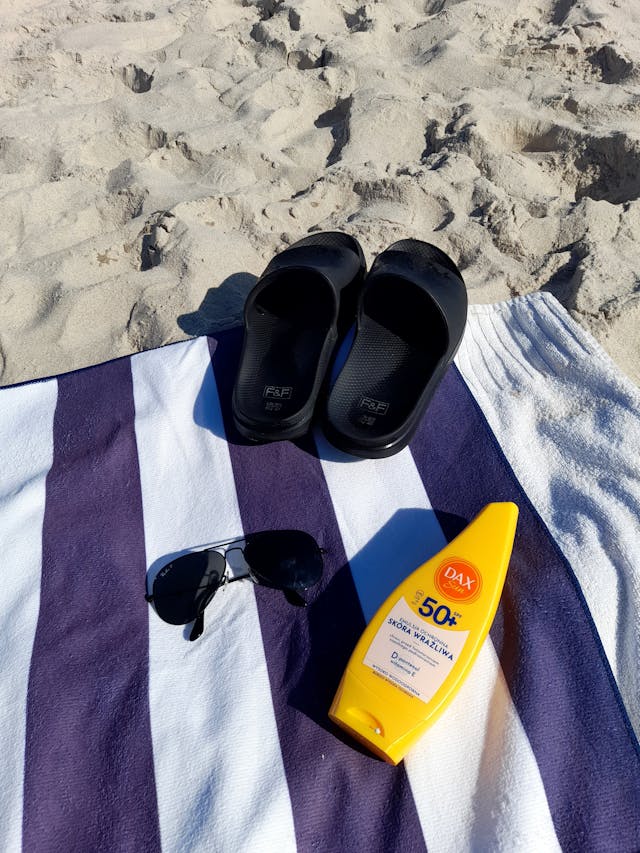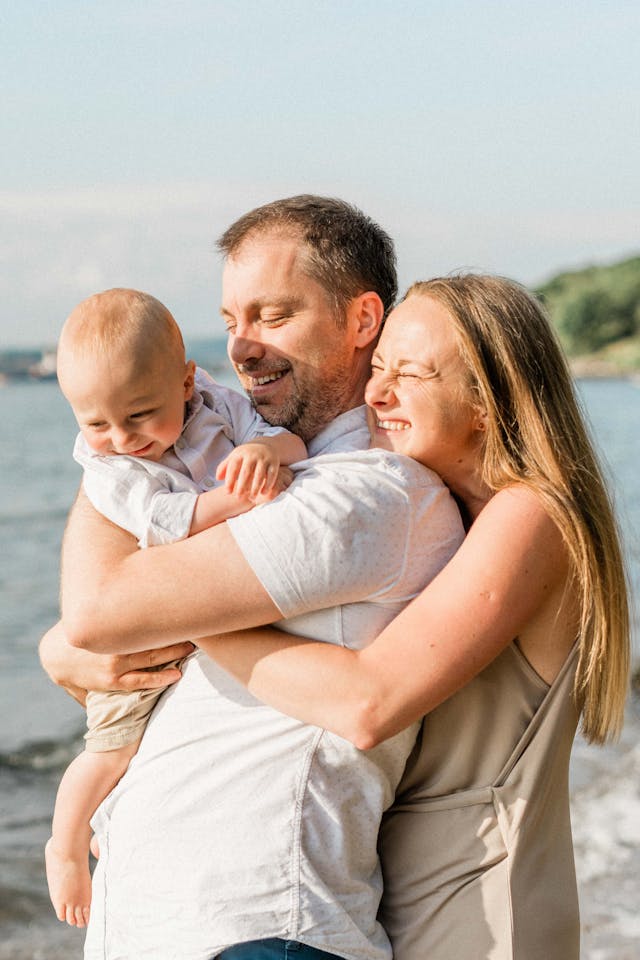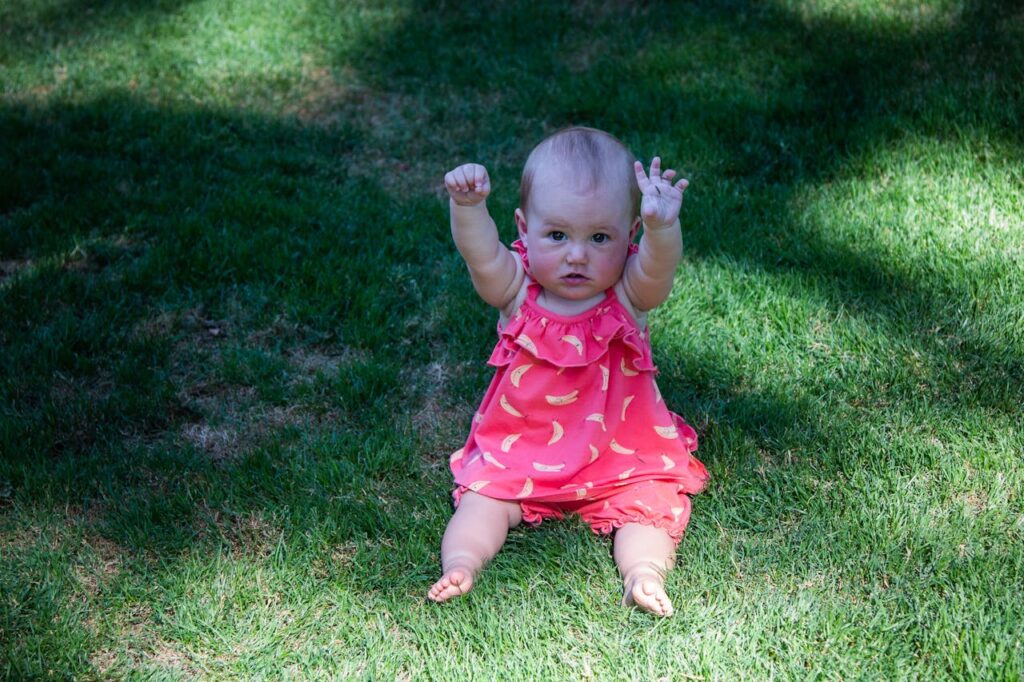Did you know that sunburn in a child under one year can be so severe that the baby sometimes needs emergency treatment? This article discusses everything you need to know about baby sunburn. Let’s delve in!
Table of Contents
Understanding Baby Sunburn

Generally, sunburn annoys babies, leaving them looking pink and uncomfortable for a few days. It’s not usually serious if your baby has a warm, red, painful or irritating sunburn, but it can be treated at home. Suppose your baby shows any signs of physical illness or blistered sunburn that causes symptoms like fever, chills, confusion or inactivity. In that case, contact the doctor immediately.
Why Sunscreen is Essential for Infants
Infants are at greater risk of side effects from sunburn, such as a rash. The FDA and the American Academy of Pediatrics recommend keeping newborns and babies younger than six months out of the direct sun. Babies and children are at particular risk of sunburn and skin damage because they have delicate skin. Exposure to UV radiation during the first 15 years of life greatly enhances the risk of developing skin cancer later in life. Your child’s sensitive skin is especially vulnerable to UV radiation.
Top Infant Sunscreens for Sensitive Skin
Beach and park days with your baby – what could be better? The only potential downside is too much sun; babies’ delicate skin requires extra care to avoid burns. Below are three of the top sunscreens for babies.

Thinkbaby SPF 50+ Baby Sunscreen
A favorite among parents is the Thinkbaby SPF 50+ Sunscreen. It opens a new window, using zinc oxide as an ingredient free of oxybenzone, parabens, and phthalates. Unlike mineral sunscreens that can be thick and hard to spread, Thinkbaby’s sunscreen is applied on creamy and blocks 98% cent rays. It’s also water-resistant because it can last up to 80 minutes so that you can head to the pool with your baby and know they’re protected. Another advantage? It absorbs quickly, so your little one won’t feel sticky or have chalky residue on her skin after you apply.
Coppertone Pure and Simple Baby Sunscreen SPF 50
Many baby sunscreens come in 3-ounce bottles, but Coppertone Water Babies Sunscreen Lotion SPF 50 opens a new window and comes in a 6-ounce bottle at the same price as other baby mineral sunscreens. When your baby spends much more time outside, buy a bottle at the start of summer and keep it by the door for easy access. It has a gentle, hypoallergenic formula and goes on smoothly, so you don’t have to spend extra time spreading it on your baby’s body. Also, the lotion is thin but not runny, so it doesn’t leave behind a white film but still protects your baby’s skin.
Mustela Mineral Baby Sunscreen Stick SPF 50
When a baby is dressed in sun-protective clothing, a few quick swipes of a sunscreen stick are all you need to protect your baby’s exposed skin. Sticks are excellent, especially for their face, as they are easier to control and keep it out of their eyes. The Mustela mineral baby sunscreen stick goes on surprisingly even – thanks to the addition of natural ingredients like shea butter, avocado oil and jojoba. In contrast, other physical sunscreen sticks can be thick and hard to spread, making this option that much better.
How to Apply Sunscreen to Infants

For a baby younger than six months, use sunscreen on smaller areas of the body, like the face, if shade and protected clothing aren’t available. For a baby older than six months, apply to all the areas of the body, but be extra careful around their eyes. To give your baby’s skin time to absorb the sunscreen, apply it 15-30 minutes before heading outside. Reapply every two hours after swimming or towelling off to protect your baby’s skin.
Additional Sun Protection Strategies
Keeping your infant and toddler safe is an exhausting full-time job, and every parent knows how important it is to get it right. You’ve childproofed your home, purchased the safest stroller and stocked up on healthy baby food – but have you considered sun protection? Protecting young children from harmful ultraviolet (UV) radiation is essential for avoiding immediate consequences like painful baby sunburns and minimizing skin cancer risk later in life.
Here is what you should know and do:
- Sunscreen works best as part of a sun safety plan, which also includes a wide-brimmed hat, protective clothing, sunglasses, and shade.
- Plan your playtime. Avoid outdoor activities when the sun’s rays are strongest – typically late morning through mid-afternoon.
Conclusion

Severe baby sunburn significantly elevates the risk of skin cancer in adulthood. The damage caused by UV rays during these early stages can lead to genetic mutations in skin cells, paving the way for the development of skin cancers like melanoma later in life. Just one blistering sunburn in childhood or adolescence more than doubles a person’s chances of developing melanoma later in life. Change that by opting for infant sunscreen!


